КАРТИНКИ ЗАГРУЖАЮТСЯ...
Квартира (Продажа)
2 100 м²
участок 3 970 м²
Ссылка:
EDEN-T96117592
/ 96117592
Ссылка:
EDEN-T96117592
Страна:
PT
Город:
Bustos Troviscal e Mamarrosa
Категория:
Жилая
Тип сделки:
Продажа
Тип недвижимости:
Квартира
Площадь:
2 100 м²
Участок:
3 970 м²
ЦЕНЫ ЗА М² НЕДВИЖИМОСТИ В СОСЕДНИХ ГОРОДАХ
| Город |
Сред. цена м2 дома |
Сред. цена м2 квартиры |
|---|---|---|
| Авейру | 108 505 RUB | 169 590 RUB |
| Ильяву | - | 151 037 RUB |
| Гафанья-да-Назарэ | - | 189 169 RUB |
| Авейру | 107 694 RUB | 154 288 RUB |
| Коимбра | 127 653 RUB | 151 671 RUB |
| Коимбра | - | 179 910 RUB |
| Оливейра-ди-Аземейш | 87 389 RUB | - |
| Овар | 105 789 RUB | - |
| Фейра | 102 347 RUB | - |
| Санта-Мария-да-Фейра | 103 087 RUB | - |
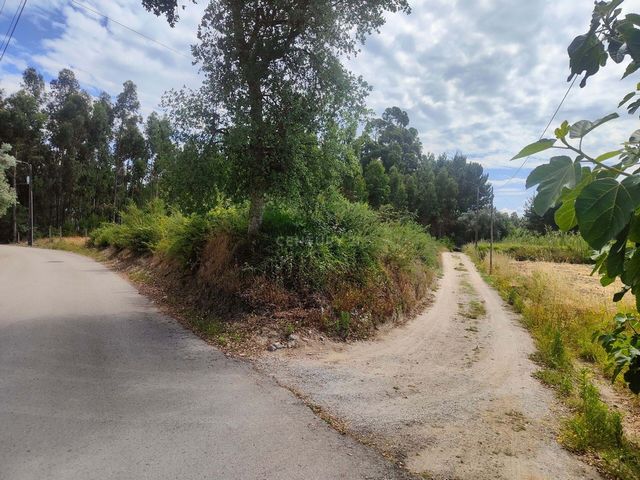
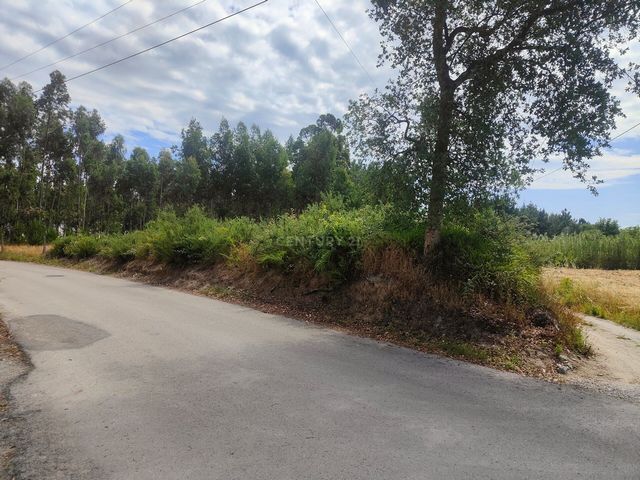
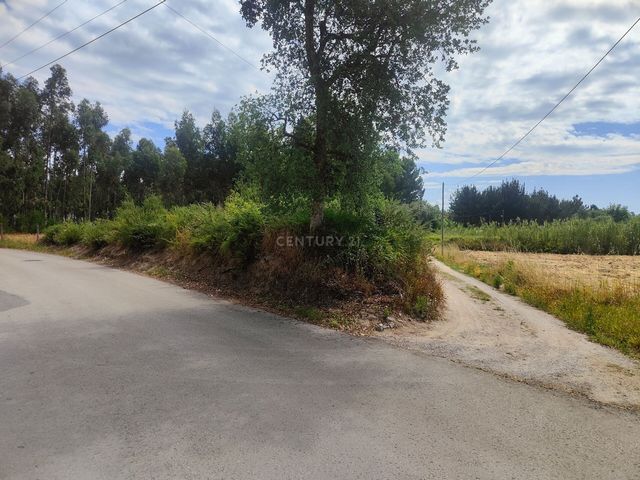
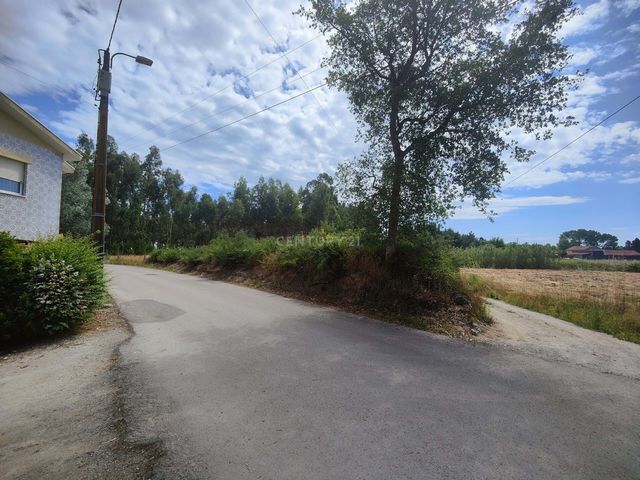
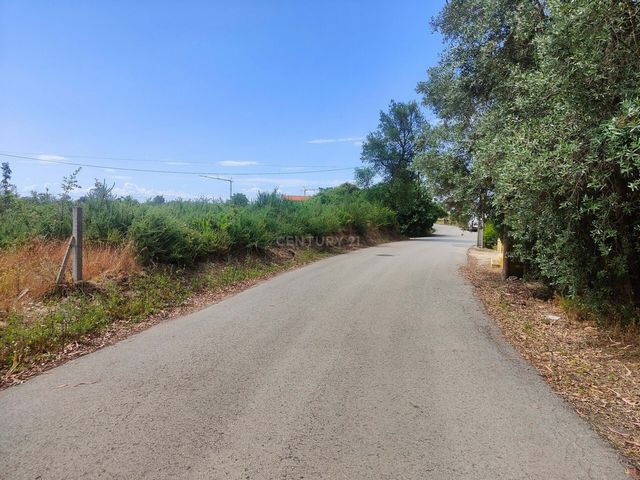
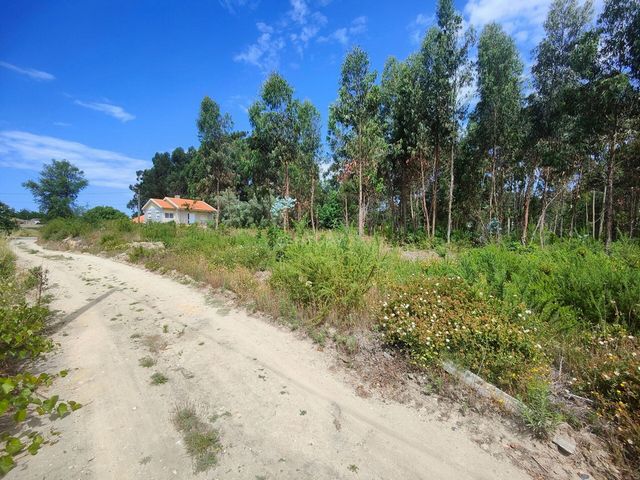
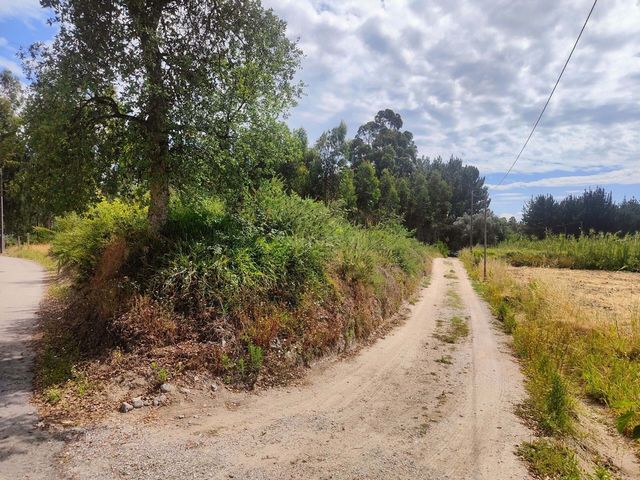
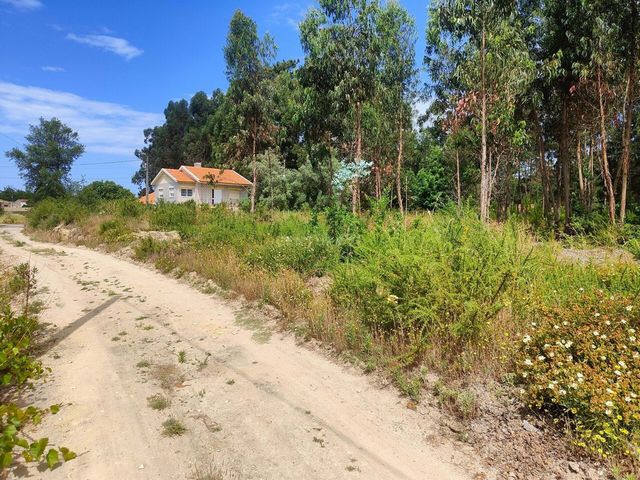
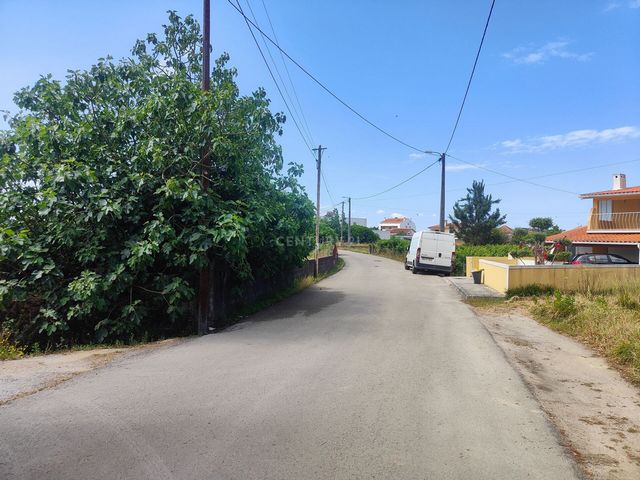
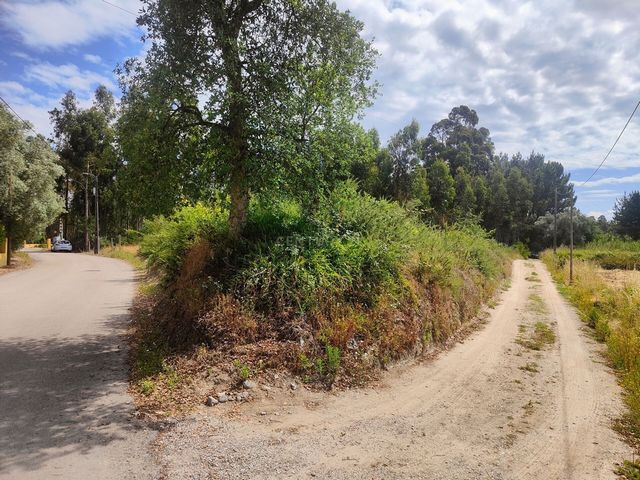
Confrontations: to the North and East with private land, to the South with easement and to the West Rua Padre Agostinho
Located in a low-density residential area (villas)
Flat land with 60 meters of frontage, ideal for building detached or townhouses Facing an infrastructure street (sanitation, sanitary water, electricity)
Capacity for construction of type III housing (houses) according to the Municipal Regulation in force (PDM)At the time of King João I (1357-1433) Bustos is the name of a mounted plant located in the warehouse of Aveiro. And around the cork oaks the first inhabitants will have gathered.In 1518 the place was already inhabited because the Foral for the county of the table dansemil comenda given by the Inquiries changes the payment of the fees in the Tables and in Bustos, owing the residents to pay two meas of butter.The oldest document (uncovered so far) listing the existence of inhabitants dates back to 1527. In the Census of the Population of Estremadura it is mentioned that the village of Bustos has six dwellings.In 1746, in the testimony relating to a visitation of the Commandery of Ansemil, prepared by the clerk Inácio da Silva, the existence of the Couto de Bustos is noted, with the privilege of having ordinary judges elected by the people.Popular tradition claims that there was a Municipal Granary in the center of the town, which would have started by serving to collect the fees owed to the Order of Malta. In fact, there was a building in the center of Bustos that was known by the name of Celeiro, but no document has yet been revealed that proves the theory that the building served as a Celeiro Municipal.With the administrative reform of 1898 (after having integrated several municipalities such as Soza, Aveiro, Mira, or Cantanhede) Bustos, a branch of the parish of Mamarrosa, becomes part of the restored municipality of Oliveira do Bairro. The republican revolution of 1910 had a strong impact on local political life, creating the conditions for administrative independence. Law nº 942, of February 18, 1920, creates the parish of Bustos, enshrining the detachment of ten places from the parish of Mamarrosa:Article 1. The parish of Bustos is created, in the municipality of Oliveira da Bairro, being constituted and limited by the villages of Bustos, Coladas, Sobreiro, Azurveira, Barreira, Picada, Quinta Nova, Póvoa, Cabeço and Porto do Vouga.On May 9, 1920, elections were held for the first administrative bodies of the Parish Council, with Jacinto dos Louros elected president.Law nº 80/2003, 26th of August, elevates the population of Bustos to the category of village. Показать больше Показать меньше Terrain urbanisable sur la Rua Padre Agostinho à Bustos - Oliveira do Bairro avec les caractéristiques suivantes : Superficie totale : 3 970 m2
Confrontations : au nord et à l'est avec des terrains privés, au sud avec des servitudes et à l'ouest Rua Padre Agostinho
Situé dans une zone résidentielle à faible densité (villas)
Terrain plat avec 60 mètres de façade, idéal pour la construction de maisons individuelles ou de ville Face à une rue à infrastructure (assainissement, eau sanitaire, électricité)
Capacité de construction de logements de type III (maisons) selon le Règlement Municipal en vigueur (PDM)A l'époque du roi João I (1357-1433) Bustos est le nom d'une plante montée située dans l'entrepôt d'Aveiro. Et autour des chênes-lièges se seront rassemblés les premiers habitants.En 1518, le lieu était déjà habité car le "Foral pour le comté de la table dansemil comenda donnée par les Inquisitions" modifie le paiement des redevances dans les Tables et à Bustos, obligeant les habitants à payer "deux meas de beurre".Le document le plus ancien (découvert à ce jour) recensant l'existence d'habitants remonte à 1527. Dans le « Recensement de la population d'Estrémadure », il est mentionné que le village de Bustos compte six habitations.En 1746, dans le témoignage relatif à une visite de la Commanderie d'Ansemil, préparé par le greffier Inácio da Silva, l'existence du Couto de Bustos est notée, avec le privilège d'avoir des « juges ordinaires élus par le peuple ».La tradition populaire prétend qu'il y avait un "Grenier municipal" au centre de la ville, qui aurait commencé par "servir à percevoir les redevances dues à l'Ordre de Malte". En fait, il y avait un bâtiment dans le centre de Bustos qui était connu sous le nom de "Celeiro", mais aucun document n'a encore été révélé qui prouve la théorie selon laquelle le bâtiment servait de "Celeiro Municipal".Avec la réforme administrative de 1898 (après avoir intégré plusieurs municipalités telles que Soza, Aveiro, Mira ou Cantanhede), Bustos, une branche de la paroisse de Mamarrosa, fait partie de la municipalité restaurée d'Oliveira do Bairro. La révolution républicaine de 1910 a eu un fort impact sur la vie politique locale, créant les conditions de l'indépendance administrative. La loi nº 942, du 18 février 1920, crée la paroisse de Bustos, consacrant le détachement de dix places de la paroisse de Mamarrosa :Article 1. La paroisse de Bustos est créée, dans la municipalité d'Oliveira da Bairro, constituée et limitée par les villages de Bustos, Coladas, Sobreiro, Azurveira, Barreira, Picada, Quinta Nova, Póvoa, Cabeço et Porto do Vouga.Le 9 mai 1920, des élections ont eu lieu pour les premiers organes administratifs du conseil paroissial, avec Jacinto dos Louros élu président.La loi nº 80/2003, du 26 août, élève la population de Bustos à la catégorie de village. Terreno urbanizável na Rua Padre Agostinho em Bustos - Oliveira do Bairro com as seguintes características: Área total: 3.970 m2
Confrontações: a Norte e Nascente com terrenos privados, a Sul com servidão e a Poente Rua Padre Agostinho
Localizado em área residencial de baixa densidade (moradias)
Terreno plano com 60 metros de frente, ideal para construção de moradias isoladas ou em banda Confrontante com rua infra estruturada (saneamento, águas sanitárias, eletricidade)
Capacidade para construção de habitação tipo III (moradias) segundo o Regulamento Municipal em vigor (PDM)Ao tempo de D. João I (1357-1433) Bustos é o nome de um montado localizado no almoxarifado de Aveiro. E em volta dos sobreiros se terão juntado os primeiros habitantes. Em 1518 o local já será habitado pois o Foral para o concelho da mesa da comenda dansemil dado pelas Inquirições altera o pagamento dos foros nas Mesas e em Bustos, devendo os moradores pagar duas meas de manteiga. O documento mais antigo (até agora descoberto), enumerando a existência de habitantes remonta a 1527. No Censo da População da Estremadura refere-se que a povoação de Bustos conta seis fogos. Em 1746, no testemunho relativo a uma visitação da Comenda de Ansemil, elaborado pelo escrivão Inácio da Silva, assinala-se a existência do couto de Bustos, com o privilégio de dispor de juízes ordinários feitos por eleição do povo. A tradição popular afirma ter existido no centro da localidade um Celeiro Municipal que teria começado por servir para arrecadar os foros devidos à ordem de Malta. De facto existiu no centro de Bustos um edifício que era conhecido pelo nome de Celeiro, mas ainda não foi revelado qualquer documento que comprove a teoria de que o edifício cumpriu funções de Celeiro Municipal. Com a reforma administrativa de 1898 (depois de ter integrado vários concelhos como os de Soza, Aveiro, Mira, ou Cantanhede) Bustos, ramo da freguesia da Mamarrosa, passa a integrar o restaurado concelho de Oliveira do Bairro. A revolução republicana de 1910 tem um forte impacto na vida política local, criando as condições para a independência administrativa. A lei nº 942, de 18 de Fevereiro 1920, cria a freguesia de Bustos, consagrando a desanexação de dez lugares da freguesia da Mamarrosa: Artigo 1.° É criada a freguesia de Bustos, no concelho de Oliveira da Bairro, ficando constituída e limitada pelas povoações de Bustos, Coladas, Sobreiro, Azurveira, Barreira, Picada, Quinta Nova, Póvoa, Cabeço e Porto do Vouga. No dia 9 de maio de 1920 realizam-se as eleições para os primeiros corpos administrativos da Junta de Freguesia, sendo eleito presidente Jacinto dos Louros. A Lei nº 80/2003, 26 de Agosto, eleva a povoação de Bustos à categoria de vila. Urbanizable land on Rua Padre Agostinho in Bustos - Oliveira do Bairro with the following characteristics: Total area: 3,970 m2
Confrontations: to the North and East with private land, to the South with easement and to the West Rua Padre Agostinho
Located in a low-density residential area (villas)
Flat land with 60 meters of frontage, ideal for building detached or townhouses Facing an infrastructure street (sanitation, sanitary water, electricity)
Capacity for construction of type III housing (houses) according to the Municipal Regulation in force (PDM)At the time of King João I (1357-1433) Bustos is the name of a mounted plant located in the warehouse of Aveiro. And around the cork oaks the first inhabitants will have gathered.In 1518 the place was already inhabited because the Foral for the county of the table dansemil comenda given by the Inquiries changes the payment of the fees in the Tables and in Bustos, owing the residents to pay two meas of butter.The oldest document (uncovered so far) listing the existence of inhabitants dates back to 1527. In the Census of the Population of Estremadura it is mentioned that the village of Bustos has six dwellings.In 1746, in the testimony relating to a visitation of the Commandery of Ansemil, prepared by the clerk Inácio da Silva, the existence of the Couto de Bustos is noted, with the privilege of having ordinary judges elected by the people.Popular tradition claims that there was a Municipal Granary in the center of the town, which would have started by serving to collect the fees owed to the Order of Malta. In fact, there was a building in the center of Bustos that was known by the name of Celeiro, but no document has yet been revealed that proves the theory that the building served as a Celeiro Municipal.With the administrative reform of 1898 (after having integrated several municipalities such as Soza, Aveiro, Mira, or Cantanhede) Bustos, a branch of the parish of Mamarrosa, becomes part of the restored municipality of Oliveira do Bairro. The republican revolution of 1910 had a strong impact on local political life, creating the conditions for administrative independence. Law nº 942, of February 18, 1920, creates the parish of Bustos, enshrining the detachment of ten places from the parish of Mamarrosa:Article 1. The parish of Bustos is created, in the municipality of Oliveira da Bairro, being constituted and limited by the villages of Bustos, Coladas, Sobreiro, Azurveira, Barreira, Picada, Quinta Nova, Póvoa, Cabeço and Porto do Vouga.On May 9, 1920, elections were held for the first administrative bodies of the Parish Council, with Jacinto dos Louros elected president.Law nº 80/2003, 26th of August, elevates the population of Bustos to the category of village.